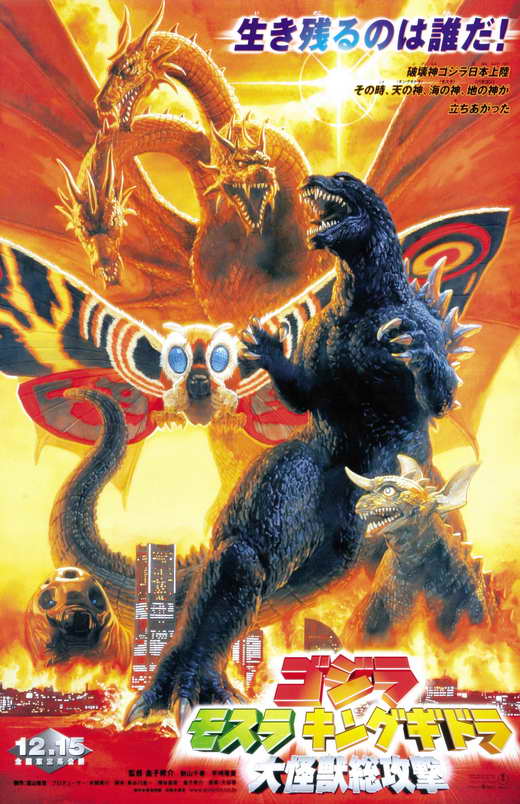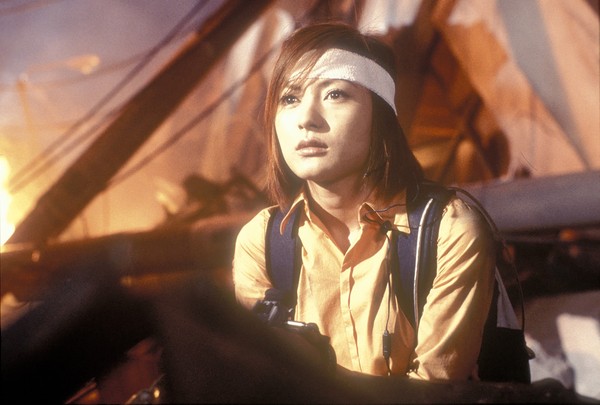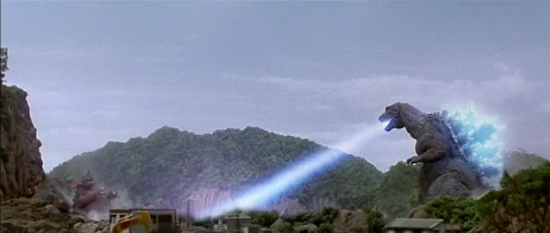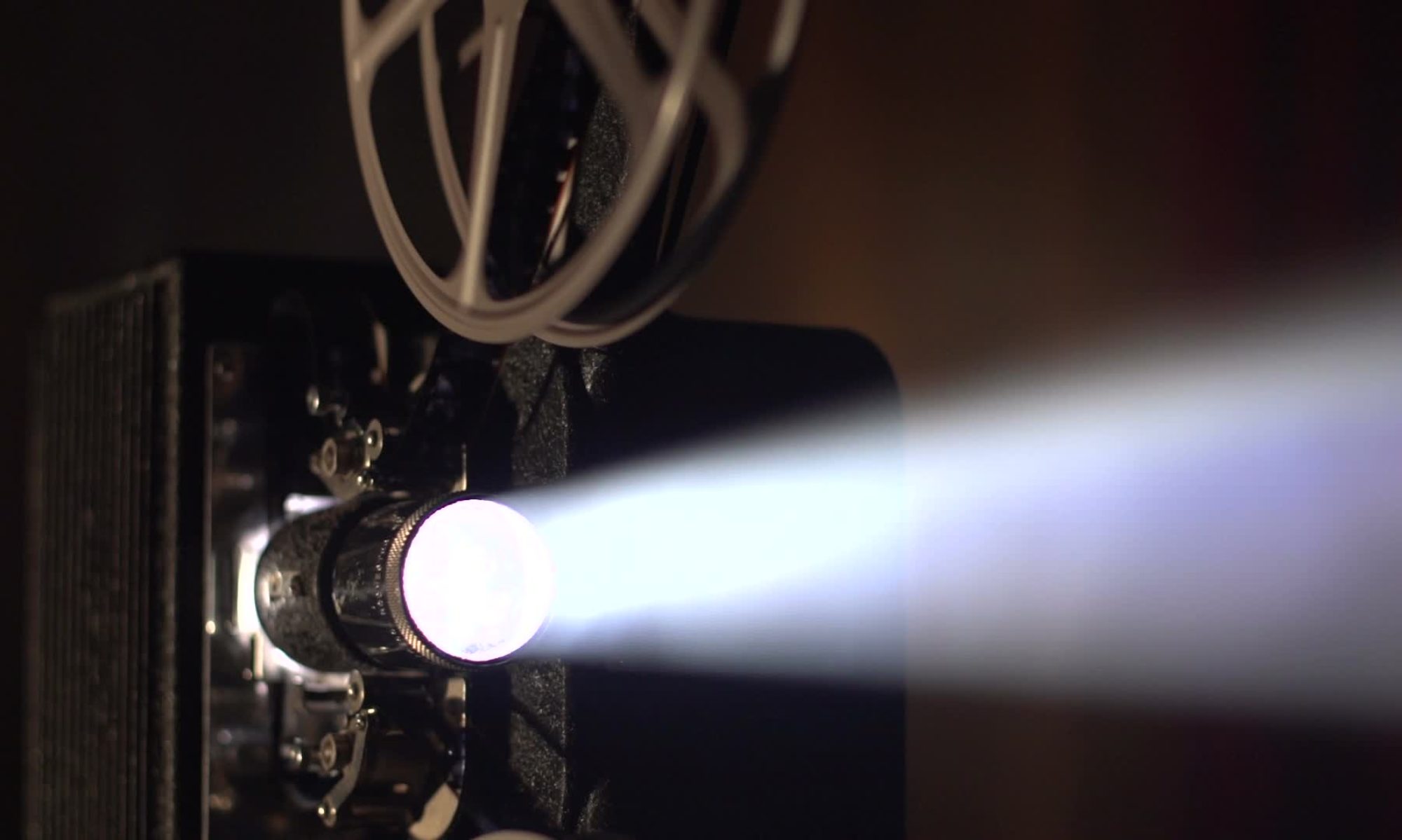
Godzilla movies often having a hard time standing out from the rest of the series, but Godzilla, Mothra, King Ghidorah: Giant Monsters All Out Attack has something special going for it. None other than the great Shusuke Kaneko, director of the fantastic 90s Gamera Trilogy, took the director’s chair for this one. The result is a fantastically entertaining and engaging entry in the series. However, much like with Gamera, there were some major changes to the Godzilla lore along the way.
What is Godzilla, Mothra and King Ghidorah: Giant Monsters All Out Attack (GMK)?
GMK was released by Toho Studios in 2001, right in the midst of the Millenium Series of Godzilla films. After Roland Emmerich’s abomination, Godzilla 1998, Toho had rebooted the franchise with the fairly successful Godzilla 2000. However Godzilla vs Megaguirus, which was released the following year, performed far more poorly at the box office, prompting Toho to take the series in a different direction. Shusuke Kaneko had directed an enormously successful Gamera trilogy of films in the mid-late nintees and, thus, was an obvious choice to give the series a much needed boost.
Kaneko’s original plan for the film that would become GMK was to create a film in which an antagonistic Godzilla does battle with a benevolent savior. The script went through various plot types, but it was eventually agreed upon that Godzilla would do battle with three original Toho monsters who would be Japan’s traditional guardians. The original idea was to have the guardian monsters be Anguirus, Varan and Baragon but Toho intervened, believing that including King Ghidorah and Mothra, two of their most popular monsters, would boost ticket sales. Kaneko eventually relented, but kept Baragon on as something of a consolation prize.
In the end, Toho’s gamble paid off, and GMK became the most financially successful film of the Millenium Series. It has remained popular with Godzilla fans but has also stirred up some controversy for it’s handling of Godzilla’s origin and the characters of the other monsters, King Ghidorah especially.
What is Godzilla, Mothra and King Ghidorah: Giant Monsters All Out Attack (GMK) About?
As with the previous two films in the series, GMK is a reboot of the franchise, ignoring all previous films apart from the original Godzilla. Nearly 50 years after Godzilla’s original devastating attack on Tokyo, a US Submarine goes missing off the coast of Japan. As the Defense Force goes to investigate, they capture footage of an all too familiar spine in the water, prompting speculation that the terror of Godzilla may be beginning again.
Meanwhile Yuri, daughter of Admiral Tachibana, is filming a docudrama about an ancient monster at Mt. Myoko when filming is interrupted by a mysterious earthquake. Later that night, another earthquake collapses a tunnel on an unfortunate biker gang with a truck driver swearing that, in the rubble, he saw Godzilla. Yuri attempts to have her producers give her permission to cover the story, but they are not convinced.
Later, Yuri’s friend, Takeda, is convinced that Yuri may be right about a giant monster, referring to a book titled The Guardian Monsters. In the book, it is stated that, in ancient times, Mothra, King Ghidorah and Baragon had been guardians of the Japanese mainland before being slain by ancient warriors. However, Hirotishi, an elderly man, claims to have begun the process of reviving the guardian monsters and foretells Godzilla’s return to Japan, to avenge all of the atrocities committed by the Japanese during the Pacific War.
As more signs point to Godzilla’s inevitable return, Japan’s only hope may rest with these guardian monsters. But, are they strong enough, even together, to match Godzilla’s power?
What Happens in Godzilla, Mothra and King Ghidorah: Giant Monsters All Out Attack (GMK)?
Like many of the better Godzilla movies, GMK is bolstered by am above average plot with above average human characters. The plot isn’t going to be nominated for any oscars, but it does a good job building up for the monster sequences while, at the same time, keeping events engaging in their own right. This is especially the case for Admiral Tachibana who manages to be a compelling human character outside of simply the generic “general guy” so common in most Godzilla movies. As a matter of fact, most of the human cast is memorable and likable with the exception, oddly enough, of Yuri. She’s not bad or annoying, just somewhat bland and forgettable. It never really feels like we, as the audience, get to know her or what drives her. Sure, she tries to do the right thing and makes low budget docudramas but the movie never does anything to connect these in any substantial way.

Where GMK really excels, like the Gamera Trilogy, is in the monster department. Godzilla himself is portrayed as the most malevolent he’s been since the original Gojira. Several times through the course of the film, Godzilla directly attacks innocents instead of simply walking through them as in earlier films. I’ll admit that his new origin, being possessed by the vengeful spirits of Japan’s victims from the Pacific War, feels a bit contrived but it’s not focused on too heavily in the story so it doesn’t harm anything.
Godzilla’s design is one of the more iconic suit designs over the years. The somewhat feline faces of the prior two suits is replaced here with something more akin to a dinosaur, and the hunched back really completes the look. Also, to cement his evil alignment for the film, Godzilla was given milky white eyes, devoid of pupils which is a tad odd at first, but really helps this design to stand out. The one criticism I could give, which many have pointed out, is that, as the actor often hunched forward, the suit does have a bit of a pot belly from time to time. Fortunately, it’s not too noticeable most of the time, but it is worth mentioning. Personally, this is one of my favorite Godzilla designs, so I’m likely a tad biased on this point.
GMK’s Baragon is handled well enough. Granted, the monster’s only noteworthy role prior to this (outside of seconds long cameos) was way back in Frankenstein Conquers the World in 1965, so the filmmakers had some liberty with how to handle him. His design is well done, and the camera work around him does a good job covering up the suit-actor’s obvious crawling while on all fours. Character wise he’s shown here as being determined in the face of impossible odds, and all the more likable for it. The one downside is that the screen time for GMK’s Baragon is pretty slim in comparison to the other monsters.

GMK’s interpretation of Mothra is also a success. Mothra has always been a benevolent creature, so it just makes sense to have her as one of the guardian monsters. Her design is less “cute” this time around, going for a more insect like design that, while a tad jarring on first viewing, does look good, especially in motion. Character wise, GMK’s Mothra is far less powerful and demonstrates far less wisdom than in previous and subsequent films. Instead, she’s shown as, like the other guardian monsters, something of a mere giant beast defending her spiritual territory. Furthermore, her iconic fairy priestesses non-existent outside of a brief, blink and you might miss it, cameo near the beginning of the final battle.
GMK’s King Ghidorah tends to be the monster that draws the most controversy. For those who don’t know, King Ghidorah has, historically, been Godzilla’s arch nemesis. Aside from being one of Godzilla’s most powerful foes (right up there with Hedorah, SpaceGodzilla and Destroyah) he’s also ALWAYS on team evil. Because of this, having him as a good guy with his power level greatly reduced has, understandably, not sat well with his fans. Think of it as if The Joker and Commissioner Gordon teamed up to kill serial killer Batman, but the Joker was a bit of a wimp. In other words, purists are going to hate GMK’s Ghidorah. However, for me, I don’t mind that he is not portrayed faithfully so long as his character fills the role well, and he does.

I guess I should also point out Ghidorah’s design here. GMK’s Ghidorah design isn’t bad, per se, but it doesn’t quite seem to mesh with the other monster designs in the film, especially in the face(s). I can tell that they were going for a more regal look, but it didn’t quite come together which leaves him looking a tad cartoonish. It’s not horrible, but it does leave this as one of the lesser Ghidorah designs over the years.
How are the Effects in Godzilla, Mothra and King Ghidorah: Giant Monsters All Out Attack (GMK)?
If there’s anywhere that Susuke Kaneko has proven himself in the past, it’s in steller visual effects. GMK is no exception. Due to the methods and the speed of production, there are obviously some shots that could have been better but, overall, this is a stunning Godzilla film from a visual standpoint.
I’ve already talked about GMK’s suit/prop designs, so I won’t focus on that too much. I will say, however, that Ghidorah, again, is the least well presented here. I’m not sure what it is but, for whatever reason, GMK Ghidorah’s necks just feel a bit clumsy in how they move. Past Ghidorah’s have generally had something of a serpentine feel to them but, as this Ghidorah’s necks are far stubbier and thicker, the motion doesn’t come across nearly as well. Again, it’s not terrible but, in comparison to the other effects at play, some shots with Ghidorah’s necks in full motion feel a bit awkward.
One area in which GMK is consistently strong is in it’s other effects. CG is kept to a minimum here, but really enhances the visuals when it is used. Godzilla’s atomic breath and Ghidorah’s energy beams, in particular, look fantastic and really elevate every action scene in which they are used.

How is the Soundtrack in Godzilla, Mothra and King Ghidorah: Giant Monsters All Out Attack?
Kow Otani, who worked with Susuke Kaneko on the Gamera Trilogy and independently on the stellar Shadow of Colossus, turns out another thrilling soundtrack for GMK. Themes are memorable and bear the appropriate impact when they should. Gozilla’s theme, in particular, is fantastic (which is good considering how many times you’ll hear it over the course of the film). To top it all off, Otani’s GMK soundtrack feels very distinct from all prior and following Godzilla soundtracks which fits perfectly with the totally different mood and story that the film carries on top of it all. To me, this is one of the strongest not Ifukube soundtracks in the series, right up there with SpaceGodzilla and the Kiryu duology. No complaints here.
Is Godzilla, Mothra and King Ghidorah: Giant Monsters All Out Attack (GMK) a Good Movie?
As I always say, the quality of a Godzilla movie is really subjective. GMK, on the other hand, is good enough that even people unfamiliar with Godzilla can still enjoy it (I know this from experience). The movie starts out a bit slow, but once the monster action starts, it doesn’t let up, leading to an exhilarating climax by any standard. Even a couple of awkward effects and a somewhat dis-interesting main character can’t keep a view from enjoying it I can’t recommend this one highly enough. A must see unless you don’t like the idea of a giant monster crushing cities and fighting other giant monsters to the death…if that’s you, I feel sorry for you.
